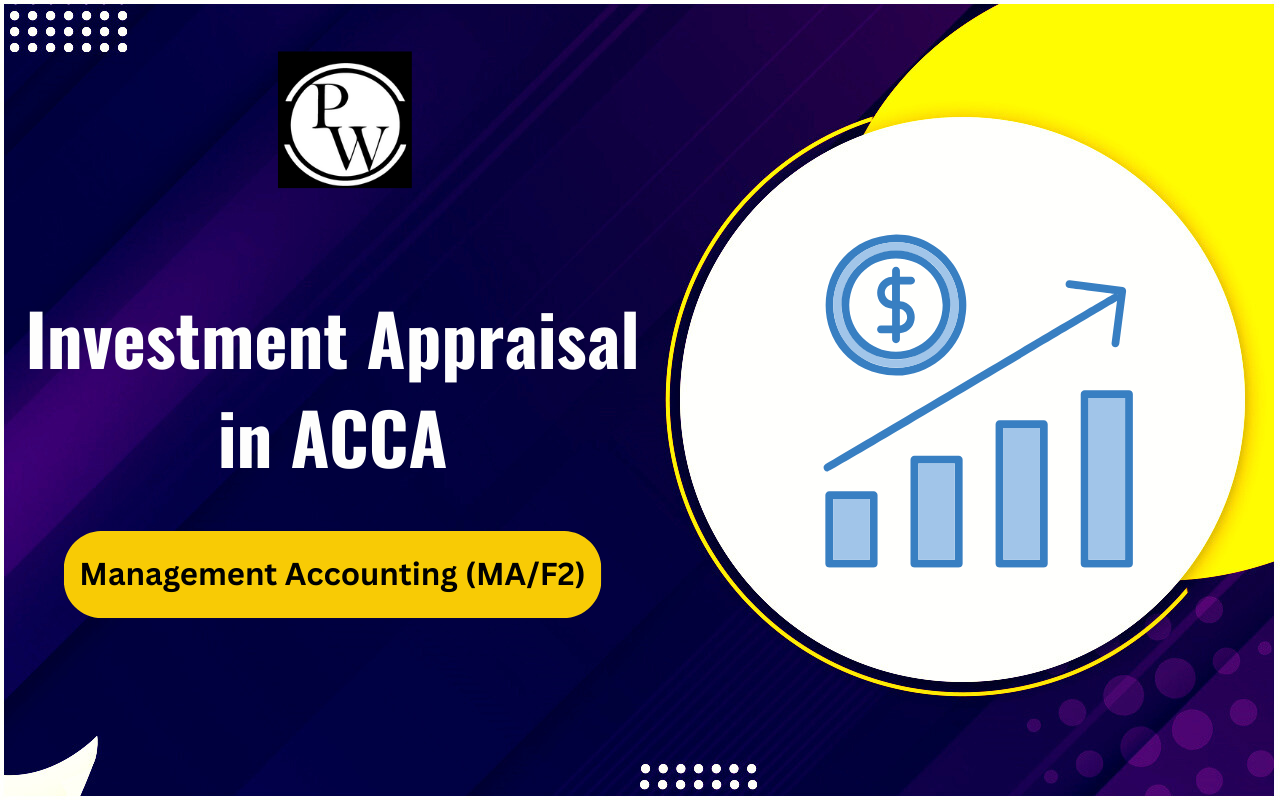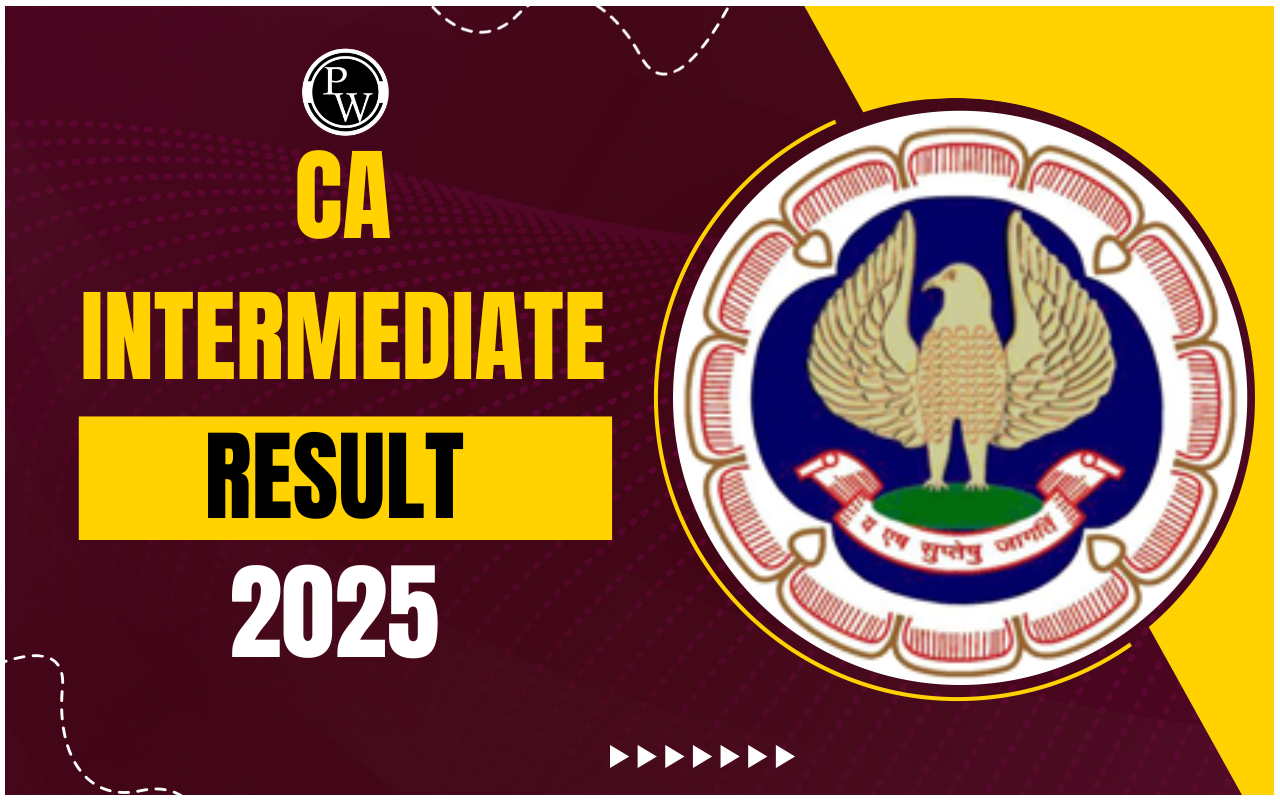
Understanding the concepts of Share Capital and Debentures is crucial for CA students as they form the backbone of corporate finance. These two terms are fundamental to a company’s capital structure, playing distinct roles in financing and financial management.
Whether you're preparing for exams or real-world applications, mastering these concepts is essential to excel in your CA journey. Let’s delve into the details of Share Capital and Debentures to help you get a firm grasp of these key financial instruments for CA Exams .What is Share Capital?
Share Capital represents the total amount of money that a company raises by issuing shares to its investors. It forms the foundation of a company's equity, reflecting the ownership stakes of shareholders. Understanding share capital is essential for CAs as it directly impacts a company's balance sheet, shareholder equity, and overall financial health.Types of Share Capital
The following are the types of share capital:Authorized Share Capital:
This is the maximum amount of capital that a company is authorized to raise through the issuance of shares. It is set out in the company’s memorandum of association and can be increased with shareholder approval. Understanding this is crucial as it determines the company's ability to raise funds in the future.Issued Share Capital:
This refers to the portion of the authorized capital that has been issued to shareholders. It represents the actual amount of money a company has received from investors in exchange for shares. Aspiring CAs need to be clear on this distinction as it affects a company’s financial statements.Subscribed Share Capital:
This is the part of the issued capital that investors have agreed to buy. Not all issued shares are necessarily subscribed, and this discrepancy can have implications for a company’s capital structure and financial strategies.Paid-Up Share Capital:
This represents the amount of money actually paid by shareholders for their shares. Unlike subscribed capital, paid-up capital reflects the actual inflow of funds to the company. For CA students, understanding this can help in analyzing a company's financial liquidity.Uncalled Capital:
This is the portion of the subscribed capital that the company has not yet called for payment. It represents a potential future cash inflow and is critical for financial planning and analysis.Importance of Share Capital
Share Capital is more than just a number on the balance sheet; it is the lifeblood of a company’s operations and growth. It provides the necessary funds for a company to start its business, expand operations, or invest in new ventures. For aspiring CAs, understanding the importance of share capital is essential for evaluating a company’s financial stability, growth potential, and shareholder value. Additionally, share capital plays a crucial role in determining a company’s ownership structure and the distribution of profits through dividends. A thorough understanding of share capital enables CAs to provide sound financial advice, ensuring that businesses are well-capitalized and shareholders' interests are protected.What Are Debentures?
Debentures are a type of long-term debt instrument that companies use to raise funds. Unlike shares, debentures do not confer ownership rights but are essentially loans that the company must repay over time. For CA students, grasping the concept of debentures is vital, as they play a significant role in a company’s capital structure and debt management.Types of Debentures
The following are the types of debentures:Secured Debentures:
These are backed by the company’s assets, providing a safety net for investors in case the company defaults on its payments. Understanding secured debentures is crucial for CAs as they impact the company’s risk profile and borrowing capacity.Unsecured Debentures:
Unlike secured debentures, these are not backed by any assets, making them riskier for investors. However, they often come with higher interest rates, reflecting the increased risk.Convertible Debentures:
These can be converted into equity shares after a certain period, offering investors the potential for capital appreciation. Uderstanding convertible debentures is key to advising clients on investment strategies and capital raising options.Non-Convertible Debentures:
These cannot be converted into shares and are purely a debt instrument. They provide a fixed return to investors and are a common tool for companies looking to raise long-term capital without diluting ownership.Redeemable Debentures:
These are issued with a fixed maturity date, on which the principal amount is repaid to the debenture holders. Understanding redeemable debentures is important for CAs as they affect a company’s cash flow planning and financial obligations.Irredeemable Debentures:
Also known as perpetual debentures, these do not have a fixed maturity date and continue to pay interest indefinitely. For aspiring CAs, knowing about irredeemable debentures is crucial for analyzing long-term debt strategies and financial sustainability.Importance of Debentures
Debentures play a critical role in corporate finance, offering companies a way to raise funds without diluting ownership. They are particularly important for companies looking to leverage debt to fuel growth, manage cash flow, or finance large projects. For CA students, understanding the importance of debentures is essential for evaluating a company’s debt levels, interest obligations, and overall financial health. Furthermore, debentures provide investors with a relatively safe investment option, often with predictable returns. This makes them an attractive option for conservative investors, and understanding this dynamic is key for CAs when advising on investment portfolios or corporate finance strategies.Difference Between Share Capital and Debentures
Check the table below for differences between share capital and debentures:| Difference Between Share Capital and Debentures | ||
|---|---|---|
| Criteria | Share Capital | Debentures |
| Nature | Represents ownership in the company. | Represents a loan to the company. |
| Return | Dividends (dependent on profits). | Fixed interest (irrespective of profits). |
| Risk | Higher risk as returns depend on company performance. | Lower risk as interest is usually guaranteed. |
| Repayment | Not repayable (except in case of buyback). | Repayable on maturity. |
| Voting Rights | Shareholders have voting rights in company matters. | Debenture holders do not have voting rights. |
| Impact on Capital Structure | Affects equity and ownership structure. | Affects debt levels and interest obligations. |
| Also Check | |
| Tax Evasion | Optimal Capital Structure |
| Impact of Economic Policies on Businesses | Impact of Globalization on Local Economies |
| Marginal Costing | Benefits of Standard Costing in Manufacturing |
Share Capital and Debentures FAQs
What is share capital?
Share capital refers to the funds a company raises by issuing shares to investors.
How does share capital differ from debentures?
Share capital represents ownership, while debentures represent a loan to the company.
What are secured debentures?
Secured debentures are backed by the company's assets, providing security to investors.
Can debentures be converted into shares?
Yes, convertible debentures can be converted into equity shares after a certain period.
Why are debentures important for companies?
Debentures help companies raise funds without diluting ownership, providing a stable source of capital.
Talk to a counsellorHave doubts? Our support team will be happy to assist you!

Check out these Related Articles
Free Learning Resources
PW Books
Notes (Class 10-12)
PW Study Materials
Notes (Class 6-9)
Ncert Solutions
Govt Exams
Class 6th to 12th Online Courses
Govt Job Exams Courses
UPSC Coaching
Defence Exam Coaching
Gate Exam Coaching
Other Exams
Know about Physics Wallah
Physics Wallah is an Indian edtech platform that provides accessible & comprehensive learning experiences to students from Class 6th to postgraduate level. We also provide extensive NCERT solutions, sample paper, NEET, JEE Mains, BITSAT previous year papers & more such resources to students. Physics Wallah also caters to over 3.5 million registered students and over 78 lakh+ Youtube subscribers with 4.8 rating on its app.
We Stand Out because
We provide students with intensive courses with India’s qualified & experienced faculties & mentors. PW strives to make the learning experience comprehensive and accessible for students of all sections of society. We believe in empowering every single student who couldn't dream of a good career in engineering and medical field earlier.
Our Key Focus Areas
Physics Wallah's main focus is to make the learning experience as economical as possible for all students. With our affordable courses like Lakshya, Udaan and Arjuna and many others, we have been able to provide a platform for lakhs of aspirants. From providing Chemistry, Maths, Physics formula to giving e-books of eminent authors like RD Sharma, RS Aggarwal and Lakhmir Singh, PW focuses on every single student's need for preparation.
What Makes Us Different
Physics Wallah strives to develop a comprehensive pedagogical structure for students, where they get a state-of-the-art learning experience with study material and resources. Apart from catering students preparing for JEE Mains and NEET, PW also provides study material for each state board like Uttar Pradesh, Bihar, and others
Copyright © 2025 Physicswallah Limited All rights reserved.
Get App








